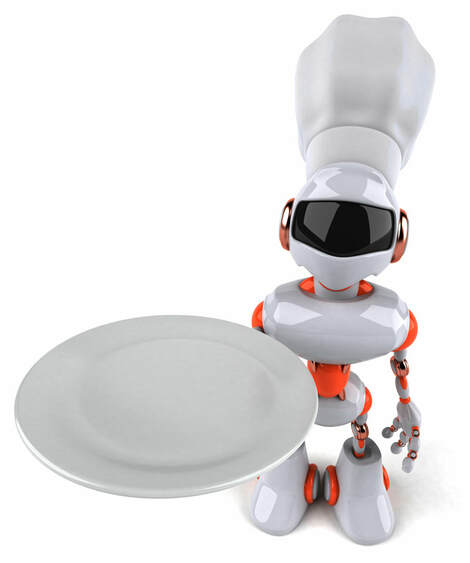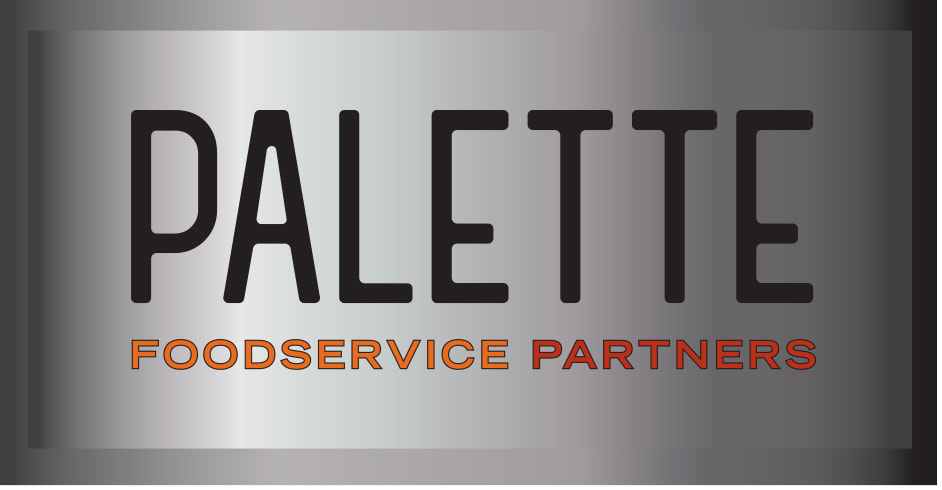|
Imagine being able to cater to your guests’ food preferences and sensitivities — all without having to train employees. AI is making that a reality for restaurants. One example is THE.FIT, which can help restaurants personalize menus and even show a person what he can or can’t eat due to allergies or other dietary restrictions. The idea is to make guests’ experiences so customized that it’s just as easy for them to eat out — and order more of their favorite foods — as it would be to prepare their ideal dish at home. The Spoon reports that to use the technology, customers simply scan a QR code on a restaurant menu via smartphone, select their dietary requirements and then the technology will generate a new menu based on the person’s preferences. The tool already knows the ingredients on a restaurant’s menu and what someone following a specific diet (e.g. keto) can and cannot eat, then saves those preferences for the next time the person dines with the restaurant.
It may still sound futuristic, but as artificial intelligence (AI) applications appear in the restaurant industry, you will want to ensure your technology can adapt to enable them. As DineEngine reports, there are a number of AI-enabled enhancements making it possible for operators to improve sales and customer relations. Are there hiccups in your ordering process? A chatbot or virtual assistant can lead someone through placing an order, suggest food based on the person’s preferences and never forget to upsell profitable additions. They can also handle customer inquiries and orders at any time of day or night, so instead of a staff member taking time to discuss a catering order during your dinner rush, your chatbot can iron out the details overnight.
Facial recognition technology has become a trend to watch in restaurants this year. While it may sound Orwellian, its potential for streamlining the payment process and loyalty programs is difficult for restaurants to ignore. A number of quick-service restaurants around the country have begun using biometric facial recognition to profile each customer’s order history, demographics and loyalty points. The technology appears to be best suited for the quick-service space at the moment but as rollouts occur across categories, note the effects (positive and negative) it has on customer experience.
If you’re currently adjusting your approach to managing labor challenges, repetitive kitchen tasks or the overall experience you provide guests, a number of tech companies are working on solutions to help. At the recent food robotics summit ArticulATE, leaders of these companies sounded off on what’s in the pipeline, and as SmartBrief reports, a key theme of discussion was finding ways for technology to blend seamlessly with human employees and guests, while freeing up employees for more creative tasks. The formula isn’t the same for every restaurant. While there is technology available that can automate burger flipping and fryer operation (Miso Robotics), baking bread (Wilkinson Baking Company, among others), serving guests (Bear Robotics) and delivering food, finding the right kind of automation for your business is about understanding what is best for developing your employees and serving guests. As the CEO of Creator, the restaurant in San Francisco that uses robots to make the perfect burger but has not automated the taking of orders, said: “Our goal is not to be the world’s most automated restaurant, our goal is not to have as few people as possible -- the goal is to have the best experience possible.”
|
Subscribe to our newsletterArchives
April 2024
Categories
All
|







 RSS Feed
RSS Feed